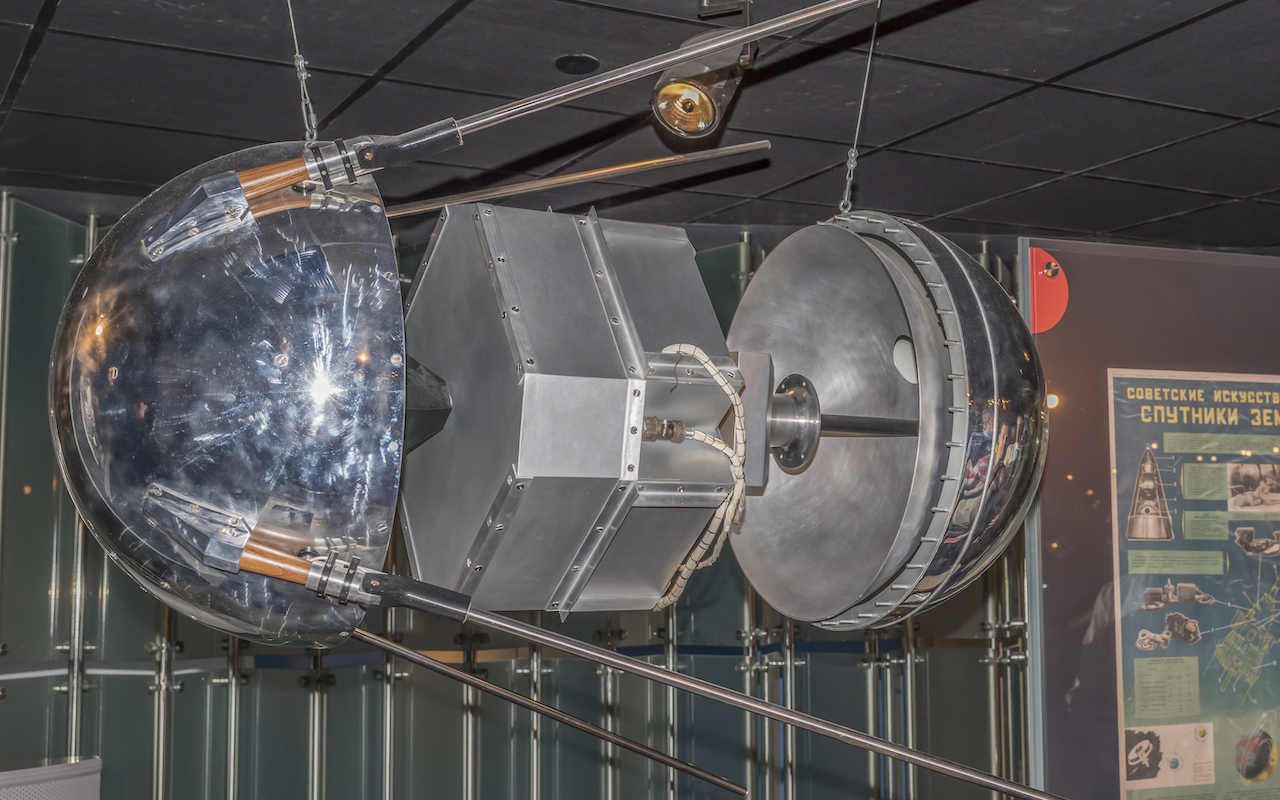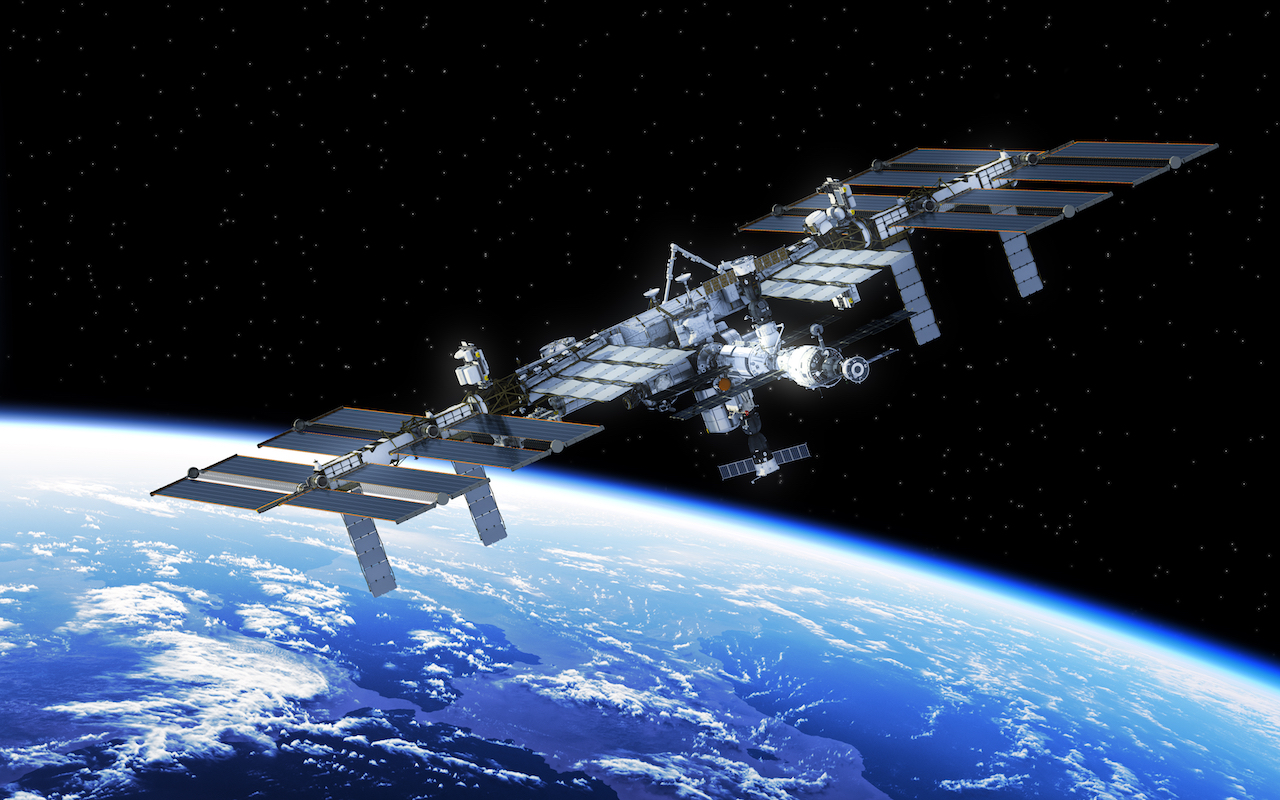
1957
Sputnik 1 is the first artificial earth satellite to be launched by man, heralding a new age of space exploration.

1961
Soviet cosmonaut Yuri Gagarin becomes the first human to journey into outer space, with his capsule Vostok 1 completing a full orbit of earth on 12 April.

1969
The first humans – led by Apollo 11 commander Neil Armstrong – land on the moon. The momentous event is broadcast on live TV worldwide.
1998
Five space agencies – NASA (United States), Roscosmos (Russia), JAXA (Japan), ESA (Europe) and CSA (Canada) come together to launch the International Space Station (ISS).

2001
American entrepreneur Dennis Tito becomes the first space tourist, forking out US$20 million to board a Russian spacecraft to the ISS, where he spends nearly eight days.
2020
NASA astronaut Christina Koch returns to earth in February after an incredible 328 days in space – the longest spaceflight undertaken by any woman.
SEE ALSO: By the numbers: The history of International Women’s Day
This article was originally published in the April 2020 issue of SilverKris magazine
The post By the numbers: The history of space exploration appeared first on SilverKris.
from SilverKris
No comments:
Post a Comment